Markus Kett
In-Memory Computing - The Big Picture
#1about 3 minutes
The critical need for performance in modern applications
Latency is a significant cost for businesses, making high-performance, in-memory computing essential for modern applications.
#2about 2 minutes
Understanding the fundamental speed of in-memory operations
In-memory operations are orders of magnitude faster, measured in microseconds, compared to database access which is measured in milliseconds.
#3about 3 minutes
The core problem of object-relational impedance mismatch
Object-oriented programming languages are inherently incompatible with relational database models, leading to complex and slow data mapping.
#4about 3 minutes
Why NoSQL and mapping layers don't solve the bottleneck
Even with NoSQL databases, the need for data conversion and mapping layers like ORMs persists, creating a significant performance bottleneck.
#5about 3 minutes
Using distributed caches to reduce database load
A distributed cache cluster sits between the application and the database to store frequently accessed data in memory, reducing database load.
#6about 2 minutes
Differentiating in-memory data grids from distributed caches
In-memory data grids extend distributed caches by adding computational capabilities, allowing for distributed processing across the cluster.
#7about 3 minutes
The architecture and limitations of in-memory databases
In-memory databases run the DBMS in memory but often on a separate cluster, which still introduces network latency and requires data mapping.
#8about 4 minutes
A new paradigm: Database-less processing and system prevalence
The system prevalence architecture keeps the entire application state as an object graph in memory, leveraging native language APIs for ultra-fast queries.
#9about 3 minutes
Simplifying architecture and costs with Eclipse Store
Eclipse Store provides a persistence engine that stores the in-memory object graph directly to cloud blob storage, eliminating database clusters and reducing costs.
Related jobs
Jobs that call for the skills explored in this talk.
Matching moments
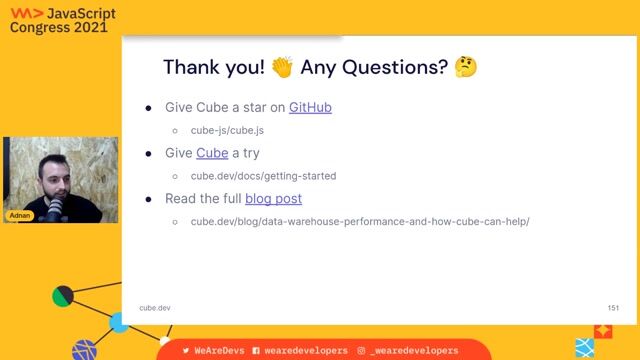
34:43 MIN
Answering questions on Cube's architecture and use cases
Making Data Warehouses fast. A developer's story.

00:43 MIN
Meeting modern application and data platform demands
Tomorrow's cloud data platforms - fully managed database-as-a-service (DBaaS)
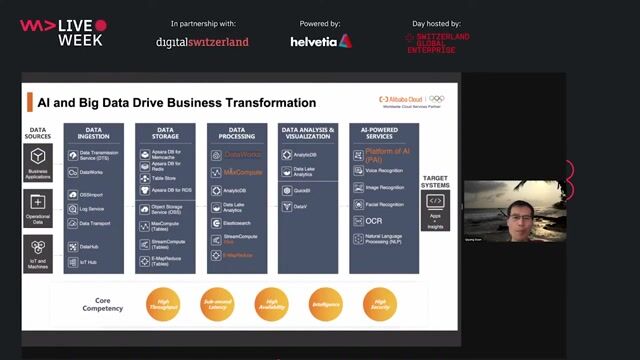
12:38 MIN
Comparing core data processing engines on Alibaba Cloud
Alibaba Big Data and Machine Learning Technology
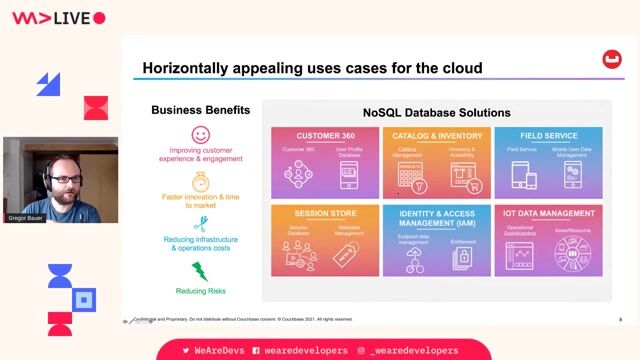
15:09 MIN
Identifying key use cases for a cloud database
Tomorrow's cloud data platforms - fully managed database-as-a-service (DBaaS)

03:13 MIN
Understanding the modern cloud data platform
Modern Data Architectures need Software Engineering
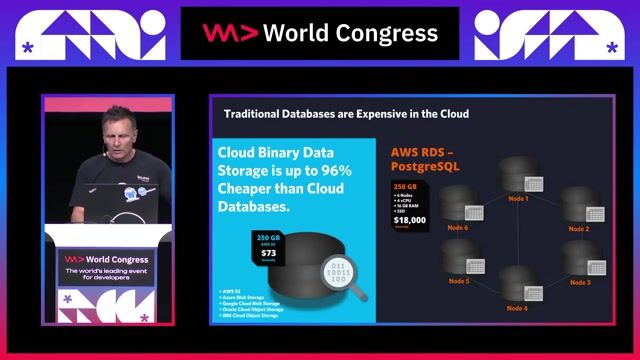
11:58 MIN
Using Java's native power for high-speed data processing
Databaseless Data Processing - High-Performance for Cloud-Native Apps and AI

19:30 MIN
An alternative architecture with the index in RAM
Leveraging Moore’s Law: Optimising Database Performance

00:28 MIN
The challenge of real-time data in modern applications
Build ultra-fast In-Memory Database Apps and Microservices with Java
Featured Partners
Related Videos
 44:05
44:05Build ultra-fast In-Memory Database Apps and Microservices with Java
Markus Kett
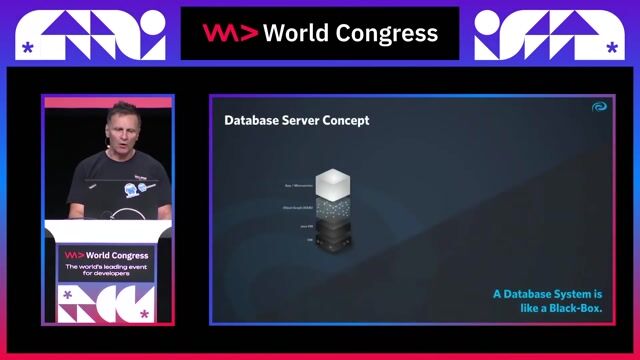 30:21
30:21Databaseless Data Processing - High-Performance for Cloud-Native Apps and AI
Markus Kett
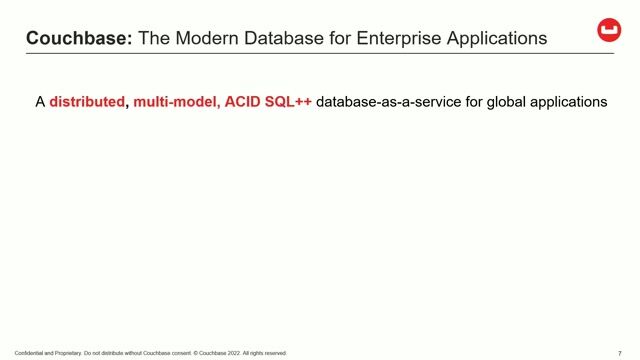 24:22
24:22Database Magic behind 40 Million operations/s
Jürgen Pilz
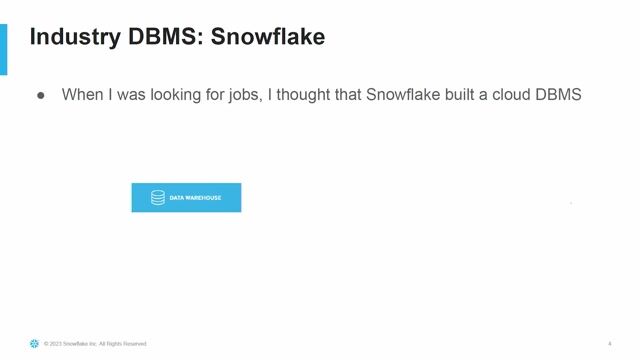 30:34
30:34How building an industry DBMS differs from building a research one
Markus Dreseler
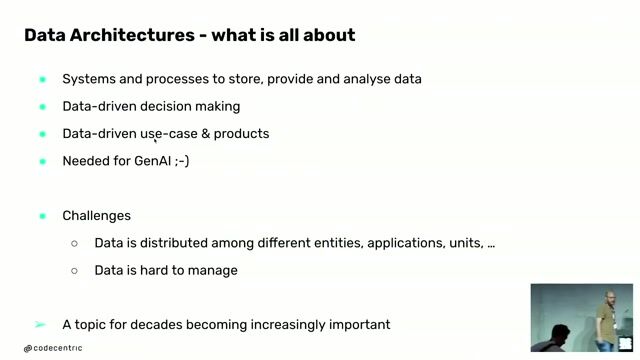 29:25
29:25Modern Data Architectures need Software Engineering
Matthias Niehoff
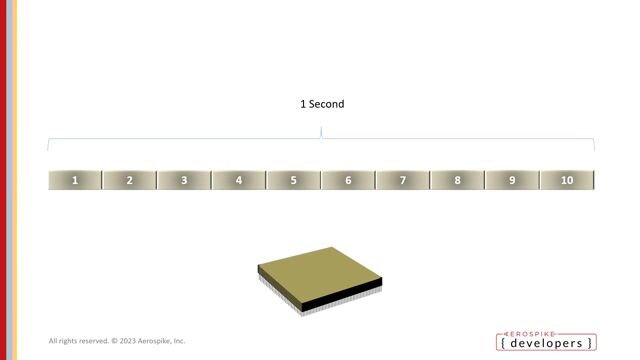 28:00
28:00Leveraging Moore’s Law: Optimising Database Performance
Behrad Babaee
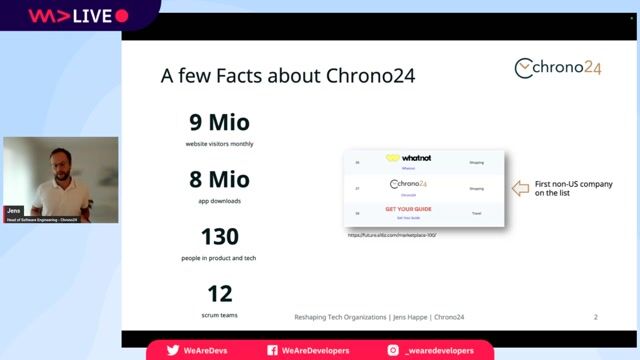 50:06
50:06Single Server, Global Reach: Running a Worldwide Marketplace on Bare Metal in a Cloud-Dominated World
Jens Happe
 30:51
30:51Why and when should we consider Stream Processing frameworks in our solutions
Soroosh Khodami
From learning to earning
Jobs that call for the skills explored in this talk.

DevOps Engineer – Kubernetes & Cloud (m/w/d)
epostbox epb GmbH
Berlin, Germany
Intermediate
Senior
DevOps
Kubernetes
Cloud (AWS/Google/Azure)

Senior Machine Learning Engineer (f/m/d)
MARKT-PILOT GmbH
Stuttgart, Germany
Remote
€75-90K
Senior
Python
Docker
Machine Learning
![Senior Software Engineer [TypeScript] (Prisma Postgres)](https://wearedevelopers.imgix.net/company/283ba9dbbab3649de02b9b49e6284fd9/cover/oKWz2s90Z218LE8pFthP.png?w=400&ar=3.55&fit=crop&crop=entropy&auto=compress,format)
Senior Software Engineer [TypeScript] (Prisma Postgres)
Prisma
Remote
Senior
Node.js
TypeScript
PostgreSQL

Cloud Engineer (m/w/d)
fulfillmenttools
Köln, Germany
€50-65K
Intermediate
TypeScript
Google Cloud Platform
Continuous Integration


Senior Java Entwickler – Backend (w/m/d)
ING Deutschland
Frankfurt am Main, Germany
Senior
Java
Spring Boot

Senior Systems/DevOps Developer (f/m/d)
Bonial International GmbH
Berlin, Germany
Senior
Python
Terraform
Kubernetes
Elasticsearch
Amazon Web Services (AWS)

